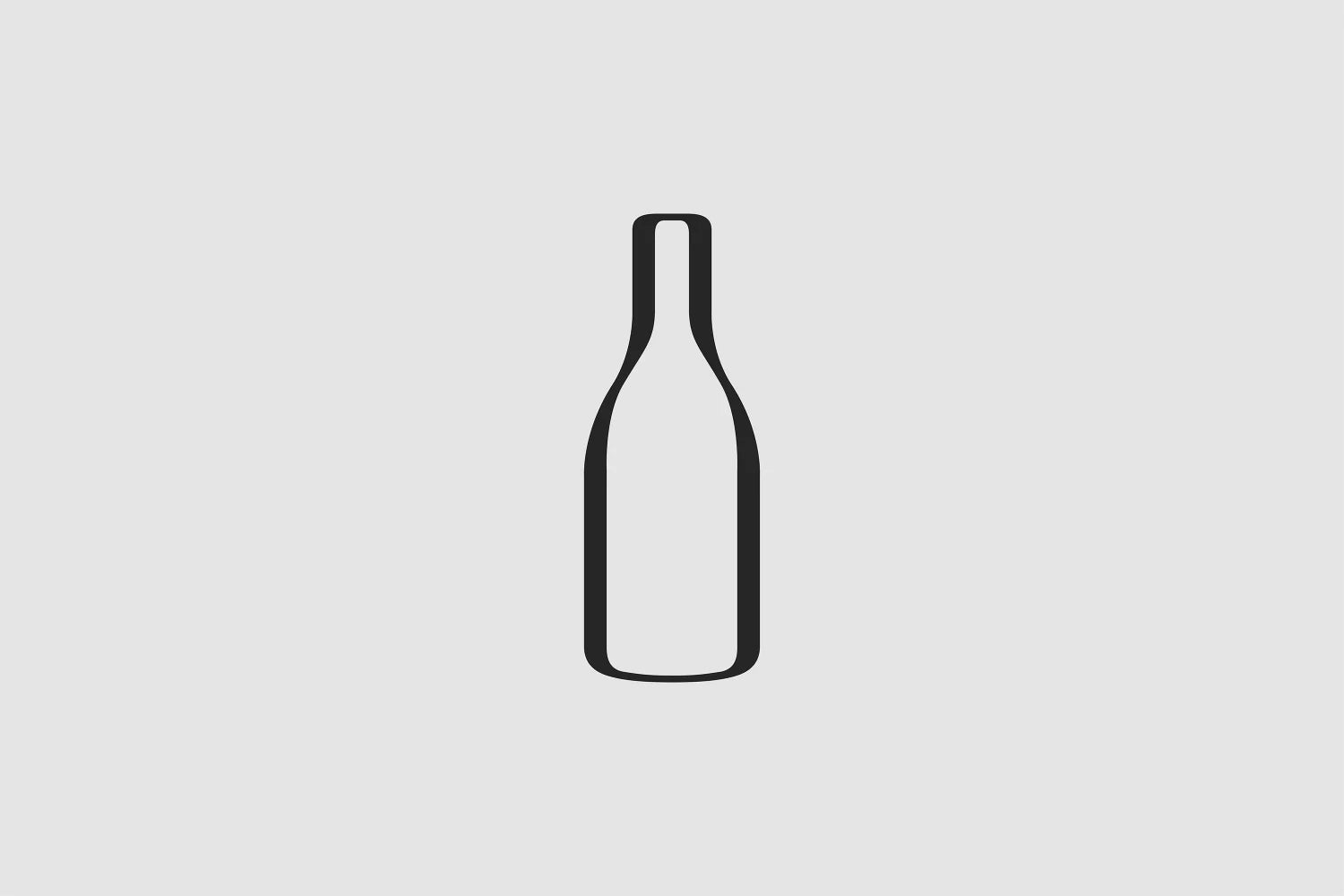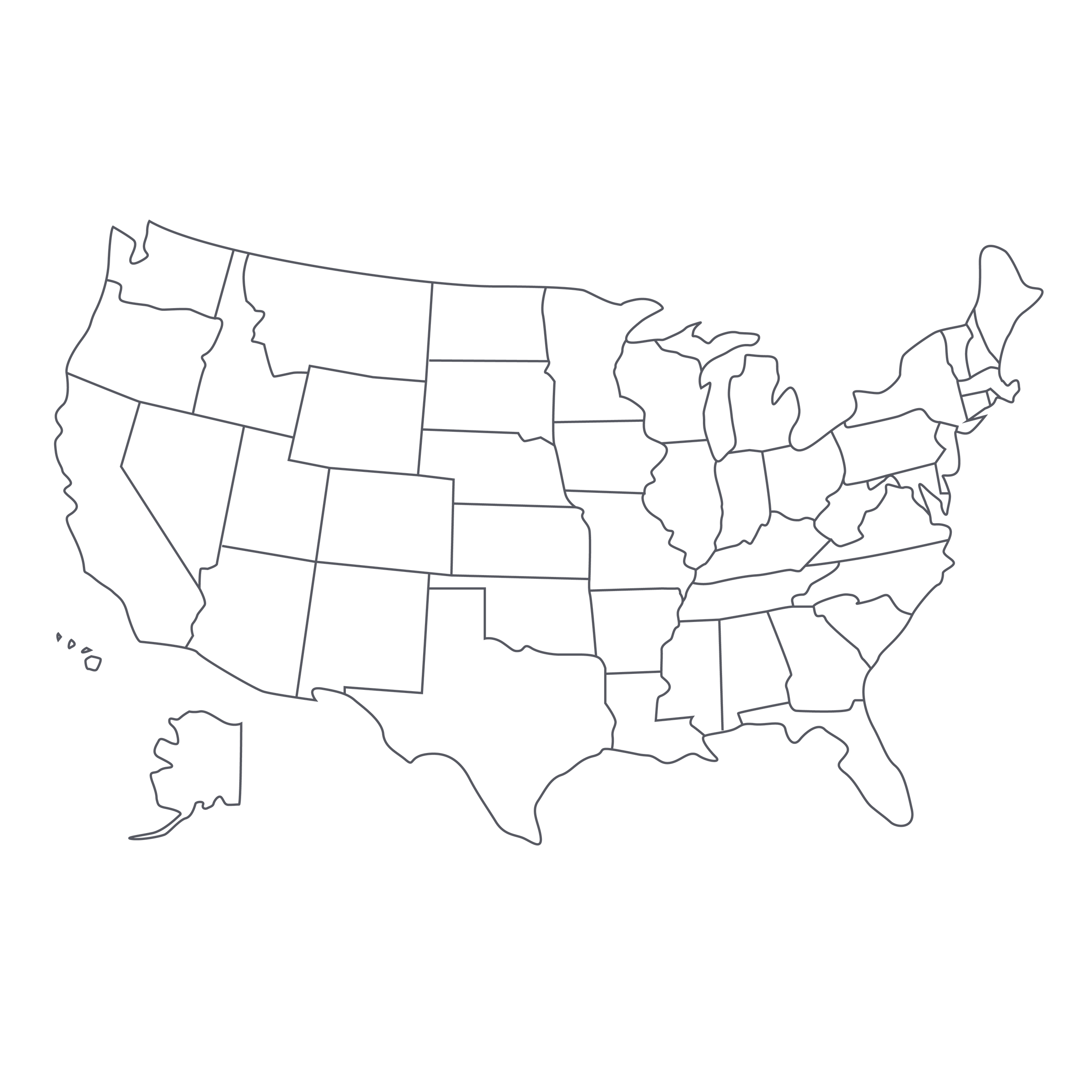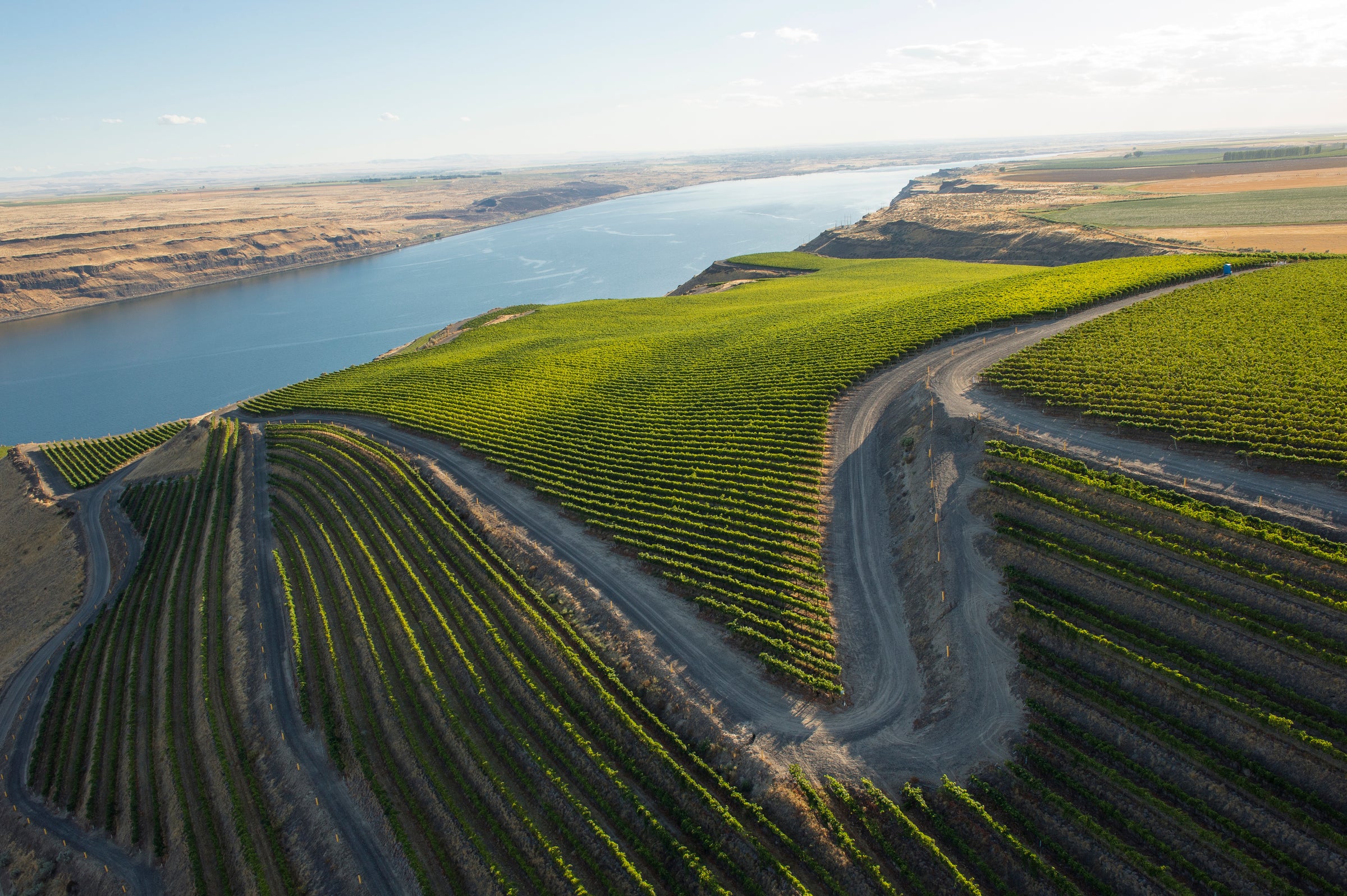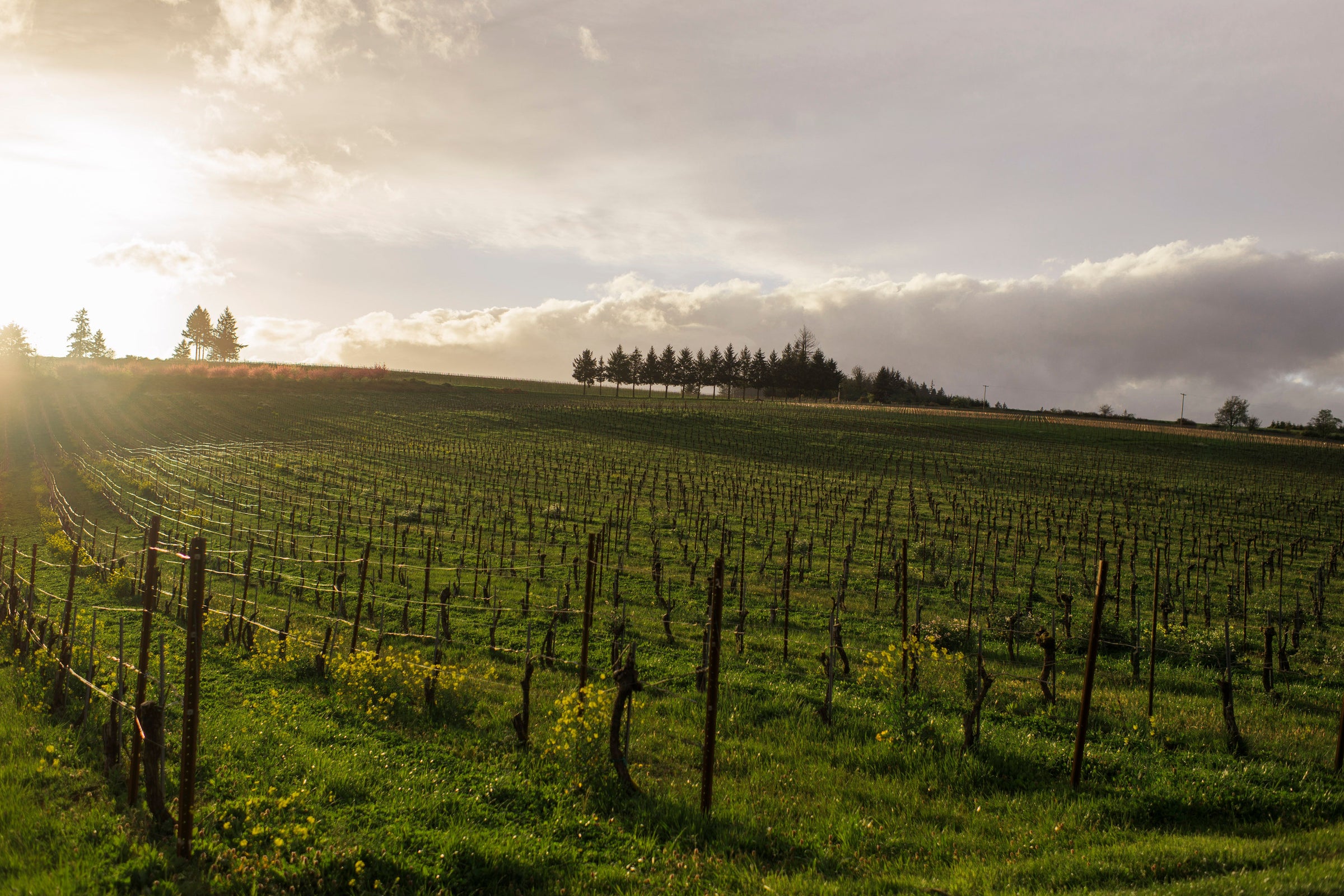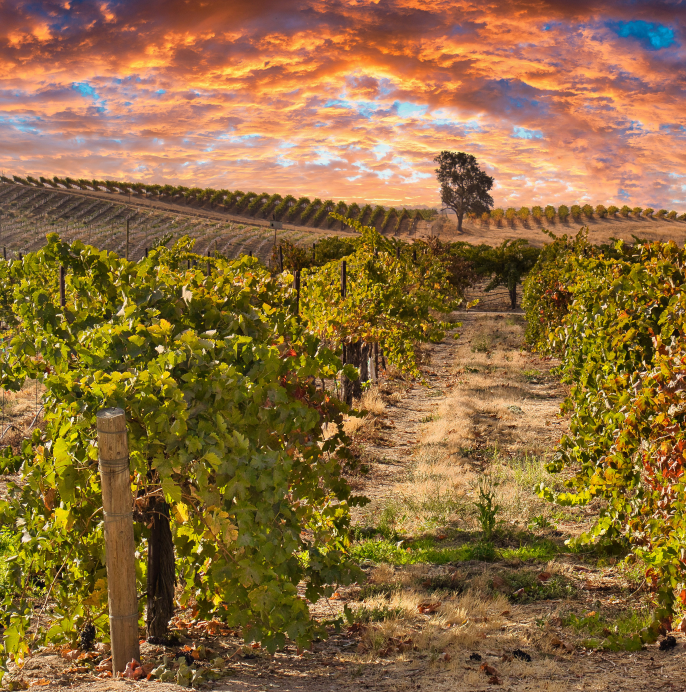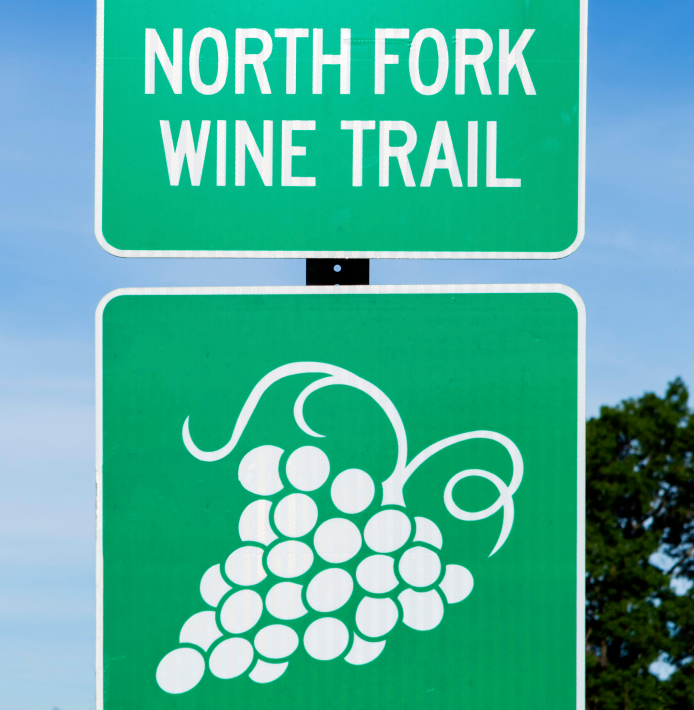As the “Rhône Rangers” long ago proved, California has shown a special affinity for the grape varieties of France’s Rhône Valley—not just Syrah and Grenache, meanwhile, but the whites, too. Santa Barbara County has long been the epicenter of this movement, and three of its greatest vineyards are the heart of Jeremy Weintraub’s SITE wine lineup, which includes this stellar Roussanne from Stolpman Vineyards.
Located in the cool, windy Ballard Canyon AVA, Stolpman is perhaps best-known for world-class Syrah, but 15 acres of their organically farmed, limestone-rich slopes are devoted to Roussanne, which rarely gets a starring role, even in its ancestral homeland. Today’s 2016, which performs like a top-class Hermitage Blanc for a fraction of the price, will have you asking why—as in, “Why doesn’t Roussanne get top billing?” and “Why aren’t I drinking more Rhône whites?” The great accomplishment of this version from SITE is that it captures the ideal combination of texture and tension in a variety that often skews a little too honeyed and flabby, even in Old World incarnations. Weintraub really nailed this one, creating a white that is both sumptuous and refreshing. Not that any was needed, but it’s proof that this grape in this place makes wine to be reckoned with!
That bears repeating: California’s success with Rhône varieties is long-established and world-class. Think of what Bob Lindquist (Qupé) has done with Syrah. Or what Morgan Clendenen (Cold Heaven) has done with Viognier. Even the most hardcore Francophile would concede that these wines (and many other Californians) are worthy competitors. Since it was founded by Tom Stolpman more than 20 years ago, Stolpman Vineyards has built its reputation—and the reputation of the Ballard Canyon AVA—around Syrah especially, but Roussanne has also found a home here. Situated about 20 miles from the Pacific Ocean, within the broader Santa Ynez Valley AVA, Ballard Canyon is the smallest of the Santa Barbara County appellations, with about 600 acres of planted vineyards. The dry-farmed (un-irrigated) vines at Stolpman are rooted in limestone soils and well-ventilated by Pacific-borne winds, creating wide diurnal temperature shifts in an otherwise sun-soaked, southerly latitude. You can see the effect in the wine: There’s plenty of ripeness and palate-coating texture, but it is checked by a refreshing wave of natural acidity.
Weintraub, who is the winemaker at Adelaida Cellars Vineyards & Winery in Paso Robles, also sources fruit from the famed Bien Nacido Vineyard (Santa Maria Valley) and the Larner Vineyard (also Ballard Canyon) for his SITE wines. He has a long-term contract with Stolpman for specific rows of Roussanne, which he crafts into a wine that will remind you more of its northern, rather than southern, Rhône cousins. Grapes are ‘whole-cluster’ pressed into used, 500-liter puncheons for a long, native-yeast fermentation. The wine aged in those same barrels for about nine months, during which time regular lees-stirring (bâtonnage) was done to enhance complexity. It was bottled unfiltered, with very little sulfur added, and has really come into its own after a few years of bottle age.
As I mentioned above, texture and tension are the keywords for this 2016: It has the assertive, floral aromas and rich, almost viscous texture Roussanne is famous for, but also the kind of acid backbone only the best examples manage to achieve. It’s a deep yellow-gold in the glass, with a heady swirl of aromas: white peach, lemon, orange blossoms, honeysuckle, and wet stones. There’s a plush, satisfying touch of viscosity on the mid-palate followed by a cleansing jolt of citrusy freshness. The alcohol is very moderate, too (13.2%), lending this very textured white an uncommon buoyancy. It may sound a little crazy, but it’s a full-bodied white in a light-bodied package. Pull the cork on this about 15 minutes before serving in all-purpose white stems (or larger) at 45-50 degrees with some Santa Barbara-style cioppino (or some fish tacos with lots of aromatics). This is a unique and delicious white that deserves a showcase. Check it out!
